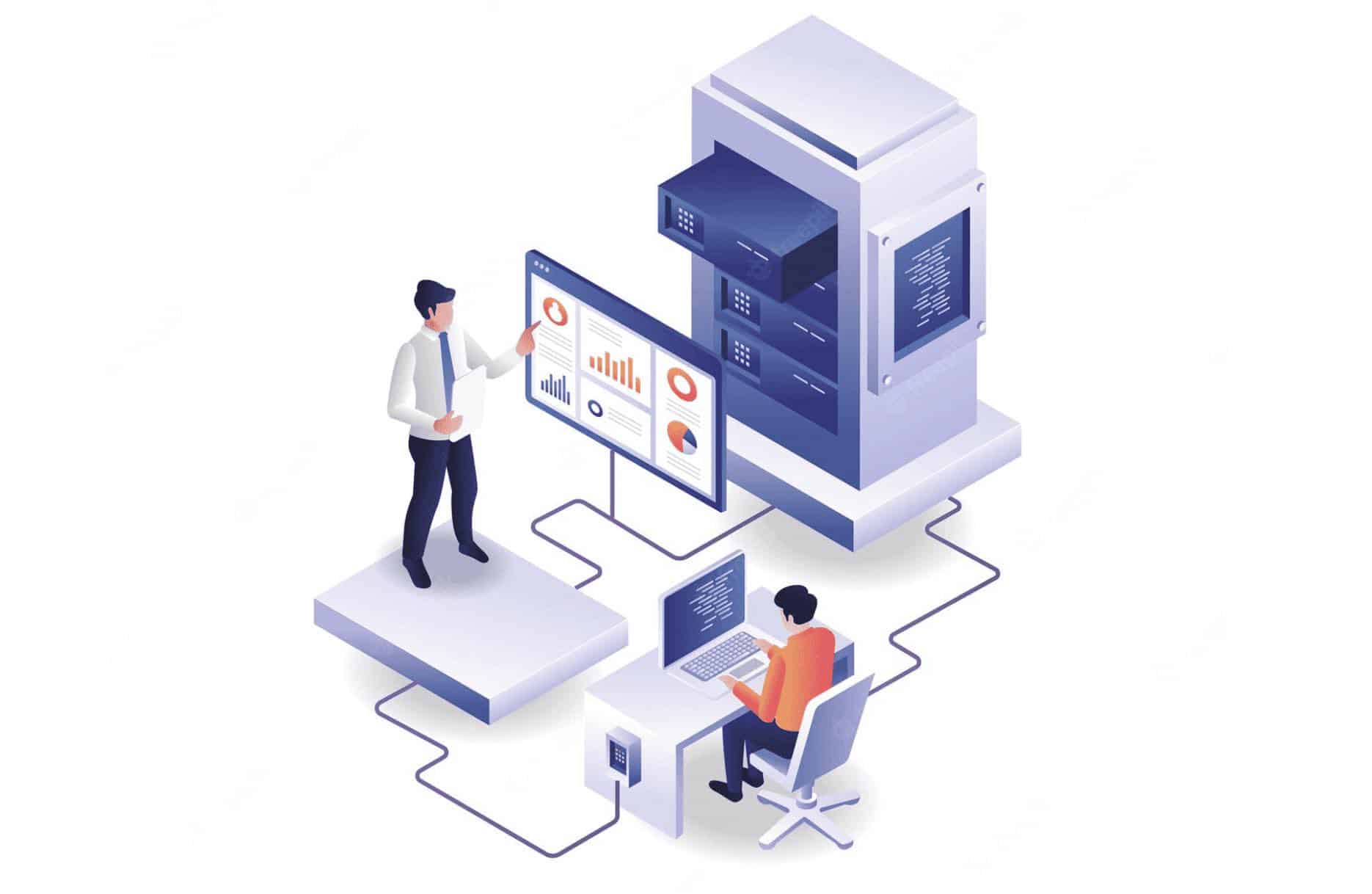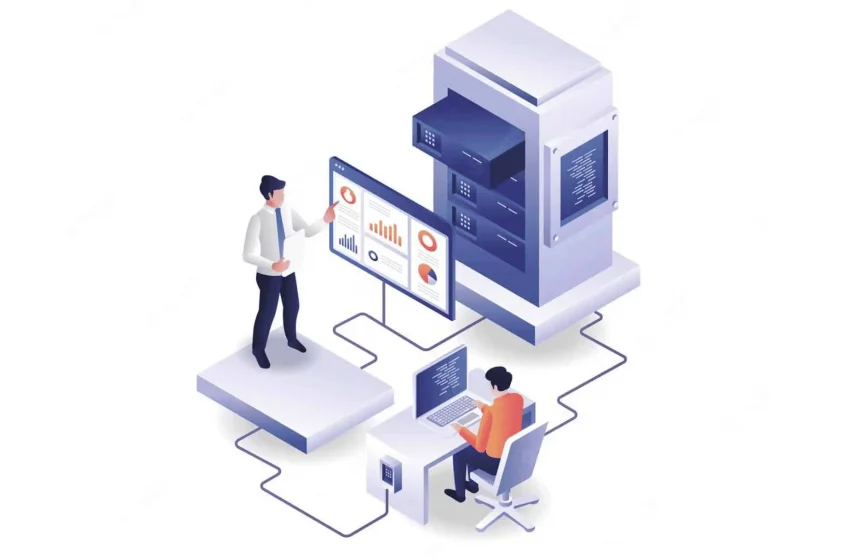
Introduction
What is your first thought when someone mentions artificial intelligence (AI) technology? Amazon or Netflix recommendations, perhaps, or a smart home assistant like Alexa or Siri. Maybe you are also thinking of software products that have taken over some of the more repetitive aspects of your work.
Or perhaps you are thinking of Watson. About ten years ago, IBM’s supercomputer Watson promised to be the future of AI. Why do we hear so little about Watson now?
Also Read: Will a robot take my job? | The Age of A.I. | S1 | E6.
The Promise of AI
In 2011, IBM’s cognitive computing system Watson beat humans at one of our all-time favorite TV game shows, Jeopardy! Watson defeated Ken Jennings, the best human Jeopardy! player ever, and demonstrated the potential of AI by answering questions packed with puns and subtleties. At the time, IBM looked set to become a leader in the next technological revolution – the field of artificial intelligence technology.
However, since then, the computer manufacturer has been bested by the likes of Google, Amazon, and Microsoft. Watson is far from being a household name, whereas Alexa and Siri may not be used by every household, but most adults would be able to identify what they are.
The history of AI has always been marked by ups and downs, many of them witnessed by the Watson Lab at Columbia University. Codebreaker Alan Turing first coined the term in the 1950s. Just a few years after the end of World War II, this technology would have seemed entirely futuristic to many people. Therefore, it is hardly a surprise that development was slow over the following decades.
Instead, artificial intelligence became the subject of science fiction books and movies, predicting different versions of a technology-driven future. The actual development of AI was held back by the lack of computers powerful enough to handle the volume of data required to complete meaningful predictions. Scientific and economic interest dropped somewhat, prompting what historians now refer to as the winter of AI.
When Watson succeeded at Jeopardy!, the event reignited interest in AI, simply by demonstrating its potential. Leaders at IBM were happy to look at the win as the beginning of a technological revolution that would transform society. They talked about exploring what Watson could do for industries as varied as law, healthcare, finance, and academia.
Trust
Whilst the leadership of IBM may have been highly enthusiastic about the potential of the computer, its main developer, David Ferrucci, urged caution. He explained that Watson had been trained specifically to understand word patterns and predict the correct answers of a trivia game. This programming made the computer highly efficient at Jeopardy! but did not necessarily enable it to complete other tasks.
Whilst Ferrucci left IBM several months later, the company continued to push its message. IBM’s marketing department enlisted celebrities like Bob Dylan and Serena Williams to talk to Watson and build trust with the general public. The supercomputer even went on 60 Minutes. Consumers learned that, in the future, Watson may be able to tackle some of humanity’s biggest problems, such as climate change and cancer care. For many spectators, the computer became synonymous with AI.
Language
Artificial intelligence is the simulation of human intelligence processes by computer systems or other machines. Interpreting language and understanding words and patterns is one of those key behaviors that Watson was initially designed for. According to head scientist David Ferrucci, the goal of Watson had been to improve the natural language processing (NLP) ability of computers.
Today, we see NLP in practice whenever computers succeed at identifying correctly what is in an image. Facial recognition technology is another application. Computers also use NLP to transform spoken language into written documents.
Watson’s TV performance demonstrated that the scientists were on the right path. However, the computer was not yet ready to take over the world with a commercial application. Whilst Watson had severe limitations, it is important not to underestimate its contribution to the development of AI.
Beating a human at Jeopardy! required a previously unseen level of understanding of the nuances of human languages, including tone, puns, and allegories. It was certainly a huge step forward from what many of us have come to associate with the robotic language used by the likes of R2D2 in the Star Wars movies, for example.
Watson demonstrated the true potential of cognitive computing by being able to extract sense from relatively unstructured data such as quiz questions.
Automation
Another core promise of AI is the automation of repetitive, time-consuming processes through data analytics and statistical reasoning. By now, AI-based algorithms have become capable of analyzing huge amounts of data in less time than humans could.
The goal is not to replace humans. Instead, combining the technological capabilities of computers with the creativity of humans allows both to work to their strengths. Chess champion Garry Kasparov, himself no stranger to the power of AI, hinted at this development in a 2010 interview with Harvard Business Review.
Healthcare Promise of IBM Watson
From the moment Watson hit the limelight, IBM put a strong focus on its potential for the healthcare space. Watson was intended to help interpret the clinical information of cancer patients to eventually recommend personalized treatment options.
At the time of its inception, Watson’s former chief medical scientist at IBM Research, Martin Kohn recommended a narrower remit for the computer to start with. His recommendation centered around predicting whether a real patient would have an adverse reaction to a drug rather than recommending full-scale treatments.
Kohn looked at these recommendations as demonstrations of credibility that would help build trust in the technology. Today, it is fair to say that medicine has made major strides. But we are not (yet?) at the point where computers recommend full treatment guidelines. However, physicians at Memorial Sloan Kettering Cancer Center started working with Watson as part of the Watson for Oncology project. They believe that a kind of Watson assistant technology has a place in the examination room, alongside oncologists, patients, nurses, and other medical staff. Their vision is a symbiotic relationship, although the project has been scaled back recently.
IBM Watson Health has had to cope with other setbacks, too. One of the earliest cooperations between the company and medical professionals happened at the University of North Carolina (UNC) School of Medicine. Early into the work, it became clear that there was a mismatch of expectations between doctors and programmers.
Doctors had expected a machine that was ready to give answers based on patient data. Programmers realized that patient records and other medical information was far more unstructured than they had expected. Gaps and unexpected complexities slowed down any potential results.
A similarly ambitious project with MD Anderson Cancer Center ran into difficulties when Watson struggled to understand patients’ electronic health records (HER). IBM Watson Health was founded as a separate company in 2015 but is currently scaling back operations.
Travel Promise of IBM Watson
Aside from healthcare, travel and tourism became another target industry for Watson. Watson API was developed to provide truly personalized recommendations to travelers. The need for this service was real: a 2016 IBM blog post claimed that travelers visited 38 websites before making a booking. Whilst that may seem like a waste of spare time from today’s perspective, it certainly shows the potential for an effective recommendation tool.
Perhaps more importantly, booking business travel was costing companies money. The same blog post states that nearly half of corporate travelers spend up to an hour of their working day booking business travel. At the time, platforms like booking.com had solved the question of how to book accommodation.
But Watson wanted to do better. Watson for travel aimed to provide not just a choice of accommodation but a clear idea of which accommodation would be best for the person traveling. The goal was to cut down on the time spent researching and booking travel whilst also delivering more suitable results.
In 2016, IBM partnered with travel technology company Zumata to realize its vision. Since then, Zumata has changed focus to developing AI chatbots. In 2018, IBM Watson Advertising partnered with the Best Western hotel chain to deliver personalized, AI-powered adverts to customers that would simplify accommodation searches, but also share insider tips for travel destinations and offer other types of support.
Business Optimization Promise of IBM Watson
Watson’s business optimization promise is clearly visible in its travel promise if you examine it from the provider’s perspective. The Watson ecosystem combines access to consumer data, AI technology, and the media through which companies can reach consumers fast.
Plus, as consumers share more data, such as frequent travel destinations or average spending on accommodation, hotel chains like Best Western can customize their offerings further. They spend less time and budget on offering something the customer is not interested in. Instead, they can focus their energies on supplying a product that meets customer expectations.
Put simply, the business process optimization promise of IBM Watson is aligned with the overall strengths of AI as we know them today. The technology can analyze more data faster than humans could and recognize patterns even if they are not immediately obvious. Providing these results alongside predictions for the future allows humans to focus on the part that they are better at – interpreting data creatively.
This symbiosis between machine and human might have been what Garry Kasparov had in mind when he pointed out that “teams of human plus machine dominated even the strongest computers.” Whilst computers fared better at running calculations without errors, humans outperformed machines when it came to strategic planning.
Optimizing business concepts with that in mind can lead to increased profits and decreased costs without unacceptable disruption.
Challenges
So, why did Watson not rake off as experts predicted after its win in 2011? Some industry insiders believe that IBM simply bit off more than its technology could chew. Rather than focusing on smaller targets, IBM aimed to answer one of the most difficult questions medical professionals faced – choosing the best cancer treatments.
Their technology proved to be immature at the time, and some complexities had been underestimated. By aiming for smaller wins, Watson Health may have had a chance to develop gradually and improve its ‘answers’ over time.
Since 2011, IBM has revised its approach to AI. Senior leaders at the company insist that innovation is a process, involving ups and downs. The company is now referring to the years that came immediately after the Jeopardy! win as a time of experimentation. Following that phase, IBM is now shifting toward developing a strong product business unit. The company’s strategy has evolved from wanting to change the world in one fell swoop to going step by step.
Also Read: Artificial Intelligence And Bus Transportation
Conclusion
IBM’s new approach to business prospects derived from AI development is perhaps a reflection of how AI is developing in general. Streamlining and automating basic tasks have become the mainstays of AI in business right now.
Whilst we may not see Watson on TV anymore, the IBM Watson Group reports that it currently has more than 40,000 customers for its range of Watson products, more than double compared to pre-pandemic numbers. They are in over 20 industries, including the healthcare market. That alone shows the potential of artificial intelligence in healthcare. Usage is equally growing with a current number of 140 million uses per month as compared to 10 million in 2019.
All things considered, it looks like we have not heard the last of IBM Watson yet.
References
Lohr, Steve. “What Ever Happened to IBM’s Watson?” The New York Times, 16 July 2021, https://www.nytimes.com/2021/07/16/technology/what-happened-ibm-watson.html. Accessed 12 Feb. 2023.
Team, Editorial. “Can AI and Machine Learning Simulate the Human Brain? -.” Artificial Intelligence +, 31 Aug. 2022, https://www.aiplusinfo.com/blog/can-ai-and-machine-learning-simulate-the-human-brain/. Accessed 13 Feb. 2023.











